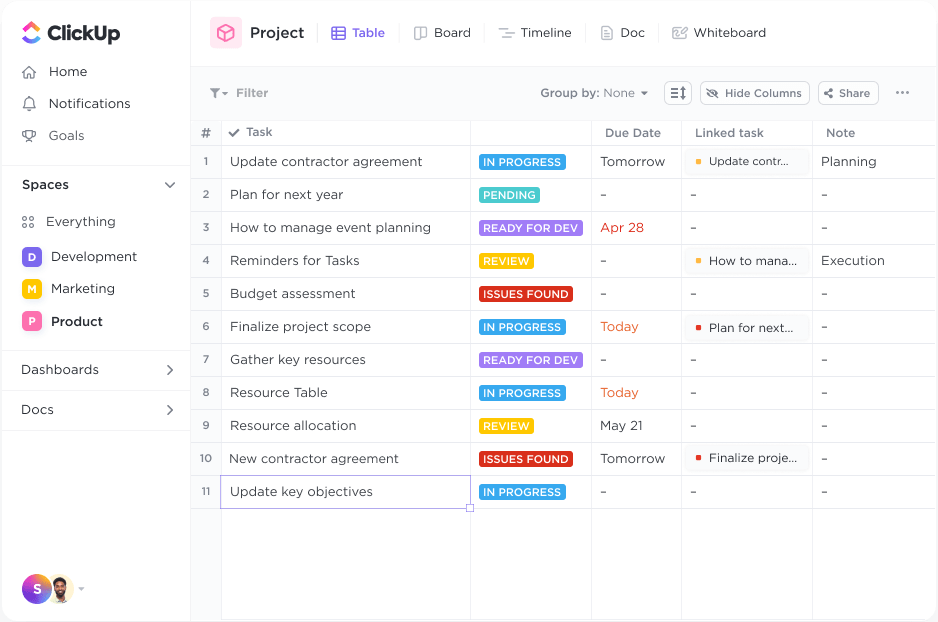5 Ways to Set Excel to Open on Specific Sheet

Excel, with its robust functionality for handling spreadsheets, allows users to manage data efficiently. However, one common requirement is opening the workbook directly to a specific worksheet rather than the default first sheet. This not only saves time but also enhances productivity, especially for users who work with large, multi-sheet workbooks. Here are five effective ways to set Excel to open on a specific sheet:
1. Using the Hyperlink Feature

One straightforward method to direct Excel to open at a specific sheet is by utilizing the hyperlink feature:
- Right-click on a cell where you want to create the hyperlink.
- Select "Hyperlink..." from the context menu.
- In the "Insert Hyperlink" dialog box, choose "Place in This Document."
- Select the desired sheet from the list and optionally set the cell reference.
- Click "OK" to insert the hyperlink.
When you or someone else clicks this hyperlink, Excel will navigate to the specified worksheet.
🔎 Note: This method is especially useful for quick navigation within a workbook shared among teams or when setting up a dashboard.
2. Macro to Open Specific Sheet

A more technical approach involves using VBA (Visual Basic for Applications) to write a macro that sets the workbook to open at a particular sheet:
- Press ALT + F11 to open the VBA editor.
- Go to "Insert" then "Module" to add a new module.
- Paste the following VBA code:
Sub Auto_Open()
ThisWorkbook.Sheets("SheetName").Select
End Sub
- Replace "SheetName" with the name of the sheet you wish to open automatically.
Make sure the macro security settings allow macros to run upon opening the workbook. This method is ideal for repetitive workflows or when setting up templates for repeated use.
3. Setting a Custom Document Property

Microsoft Excel supports custom document properties that can dictate which sheet opens:
- Right-click on the workbook in the VBA editor (ALT + F11).
- Select "Properties" or press F4 to open the Properties window.
- In the "Workbook" properties, add a new property named "StartupSheet" with the value as the sheet's code name (e.g., "Sheet2" instead of "Sheet1").
- Close the properties window and add the following code in a module:
Sub Auto_Open()
If ThisWorkbook.CustomDocumentProperties("StartupSheet").Value <> "" Then
Me.Sheets(Trim(ThisWorkbook.CustomDocumentProperties("StartupSheet").Value)).Select
End If
End Sub
This code checks for the custom property "StartupSheet" and opens the corresponding sheet on startup. It provides flexibility for users who might want to change the startup sheet periodically.
4. Using Excel's Startup Settings

Excel's startup settings can also be tweaked to control which sheet opens:
- From the "Developer" tab, click on "Macro Security."
- Ensure "Enable all macros" is selected.
- In VBA editor (ALT + F11), go to "ThisWorkbook" and add this code:
Private Sub Workbook_Open()
ThisWorkbook.Sheets("YourSheet").Activate
End Sub
Replace "YourSheet" with the name of your desired sheet. This code will run when the workbook opens, directing Excel to display the specified sheet.
5. Bookmark in Excel

While not as straightforward as a hyperlink, creating a bookmark in Excel can serve a similar purpose:
- Name a cell on the target sheet with a meaningful name (e.g., "StartPoint") using the Name Box or by selecting "Define Name" under the Formulas tab.
- Create a simple VBA code to navigate to this named range upon opening:
Sub Auto_Open()
Application.Goto Reference:="StartPoint"
End Sub
This method is less commonly used but provides an alternative way to specify the initial location in a workbook.
In wrapping up these methods, it’s clear that Excel’s flexibility allows for various approaches to tailor your work environment to your needs. Each method offers its advantages, from simple user actions like hyperlinks to more automated solutions through VBA. By implementing one or more of these techniques, you can streamline your workflow, reducing time spent navigating through large workbooks and ensuring that critical data is always front and center when you open Excel.
Can I set multiple sheets to open at once?

+
Excel does not natively support opening multiple sheets simultaneously on workbook open. However, you can set up macros to open sheets in sequence or simulate this behavior by grouping sheets.
What happens if the sheet I’ve set to open no longer exists?

+
If you attempt to open a non-existent sheet, Excel will display an error. Make sure to update or remove any references to deleted sheets to avoid errors.
Can I use these methods to open a different workbook at a specific sheet?

+
While the methods described focus on the same workbook, you can modify VBA scripts to open different workbooks at specific sheets, using paths and file names in your VBA code.
Are there performance implications to using macros?

+
VBA macros can slightly slow down workbook opening due to their execution time, especially in large workbooks with complex macros. Ensure you disable macros if they’re not needed.